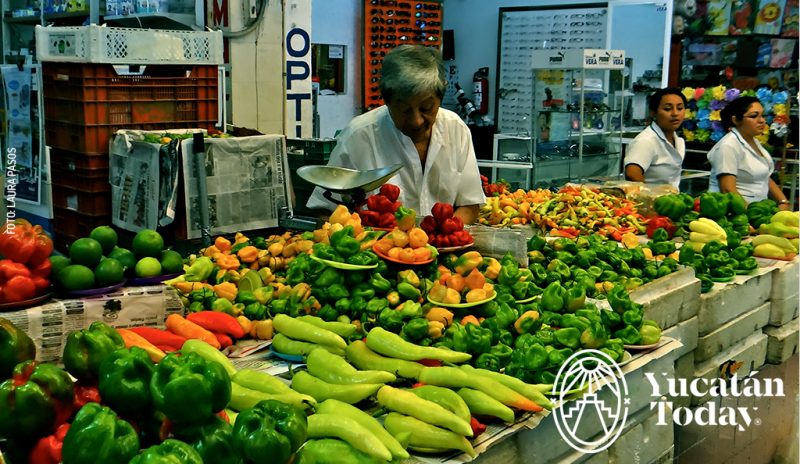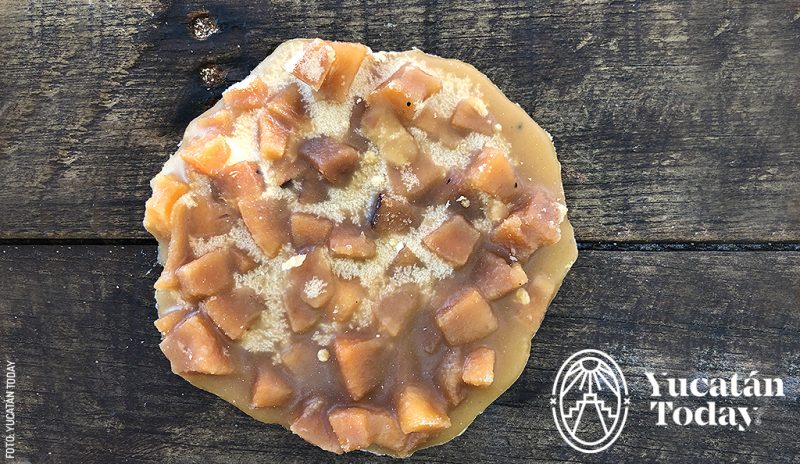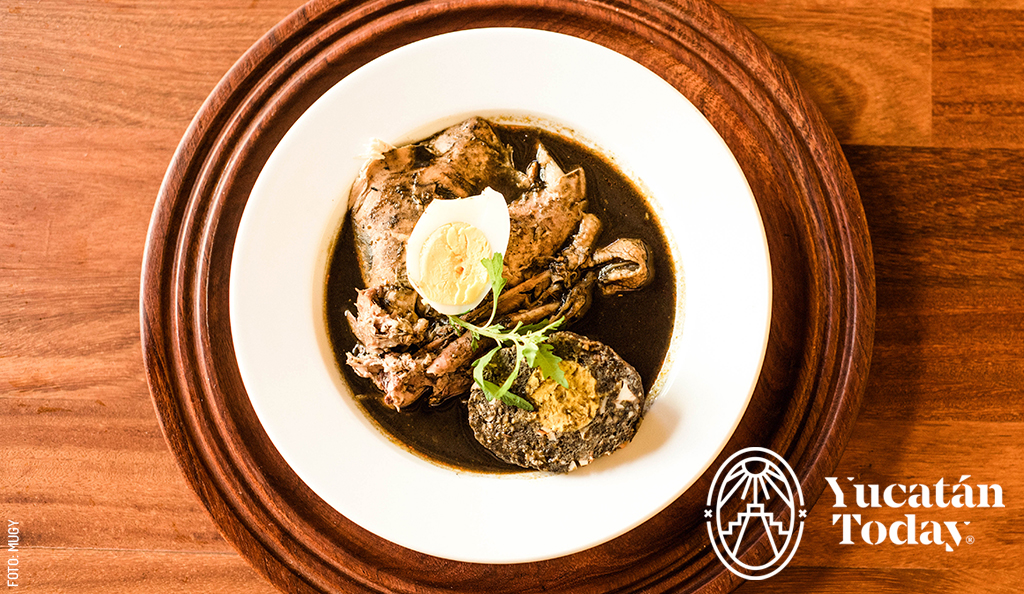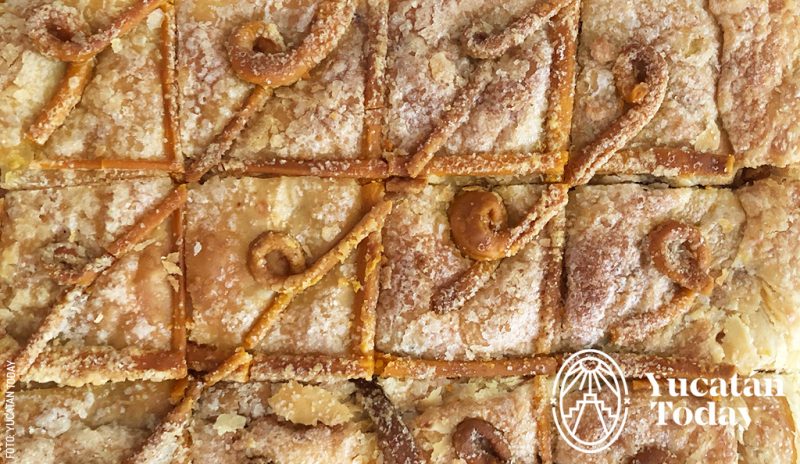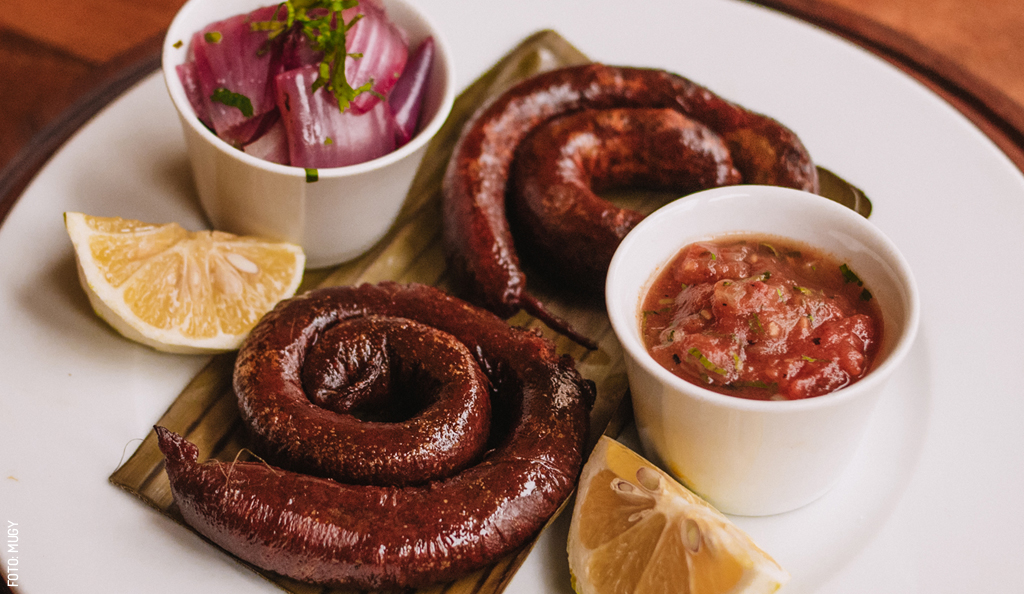
The Flavors of Yucatán
A trip to Yucatán offers fabulous exploration of beaches, archaeological sites, and nature. But it’s also a prime opportunity to experience the scents and flavors of the delicious local cuisine, recently named Intangible Cultural Heritage of Yucatán. The variety found in contemporary Yucatecan cooking is a result of mixing Maya ingredients and techniques—such as underground ovens (píib)—with Spanish and Cuban influences.
Here are some key flavors and essential dishes to sample on your next visit to Yucatán—tastes that are guaranteed to stay in your heart forever.
Agricultural products
Habanero Chili: The king of heat
Despite being one of the spiciest chilis in the world, the habanero is a basic ingredient used in the salsas accompanying virtually every Yucatecan meal. Habanero adds a little (okay, a big) kick to tomato sauces and beans, or it's famously prepared in xnipek (often called the Yucatecan pico de gallo) with chopped tomato, cilantro, and onion. If you’re truly adventurous, you can bite right in!
Xcatik Chili: Mild flavor
This long, thin, greenish-yellow chili is similar in appearance to a banana pepper. It offers only a hint of heat but delivers plenty of flavor. Xcatik is a key ingredient in many savory dishes and cream dips served as appetizers.
Chaya: The Maya superfood
This leafy green grows readily along walls and in Yucatecan backyards. In Maya, it’s known as chaykol or xchay. It's used in several kinds of tamales, in cheese-stuffed empanadas, in scrambled eggs, and blended into refreshing aguas frescas (vegetable-based drinks). Its many nutritional properties easily qualify it as a Yucatecan superfood.
Coconut
Along the coast, you can enjoy fresh coconut water and scoop out the pulp directly from the fruit. Inland, it remains a star ingredient in confections, custards, ice creams, cakes, beverages, and even savory fish and seafood dishes.
Citrus: Bitter orange and the unique Yucatecan lime
Naranja agria (bitter orange) is another essential ingredient for dishes such as cochinita pibil, soups, and aguas frescas. Its juice is crucial for marinating meats like poc chuc. The Yucatecan lime (lima) is a distinct fruit—less bitter and slightly sweeter than common limes. It's the star of sopa de lima, a legendary dish combining turkey or chicken with tomato, onion, and its unique juice.
Melipona Honey: The Maya gold
Different species of stingless bees—some native, some endemic—produce this prized honey, renowned for its medicinal properties. Because it’s scarcer and more difficult to harvest than European bee honey, it is more expensive and often sold in small jars to be enjoyed as medicine or a unique sweetener.
Pepita, or Pumpkin Seed
This, one of the three base components of the Maya milpa, you can find in two iconic traditional dishes: brazo de reina and papadzules. In the former, pepita and tomato sauces are served over a tamal made with eggs and chaya. Papadzules involve dipping tortillas in a smooth pepita sauce before stuffing them with chopped hard-boiled eggs.
Dishes
Cochinita Pibil
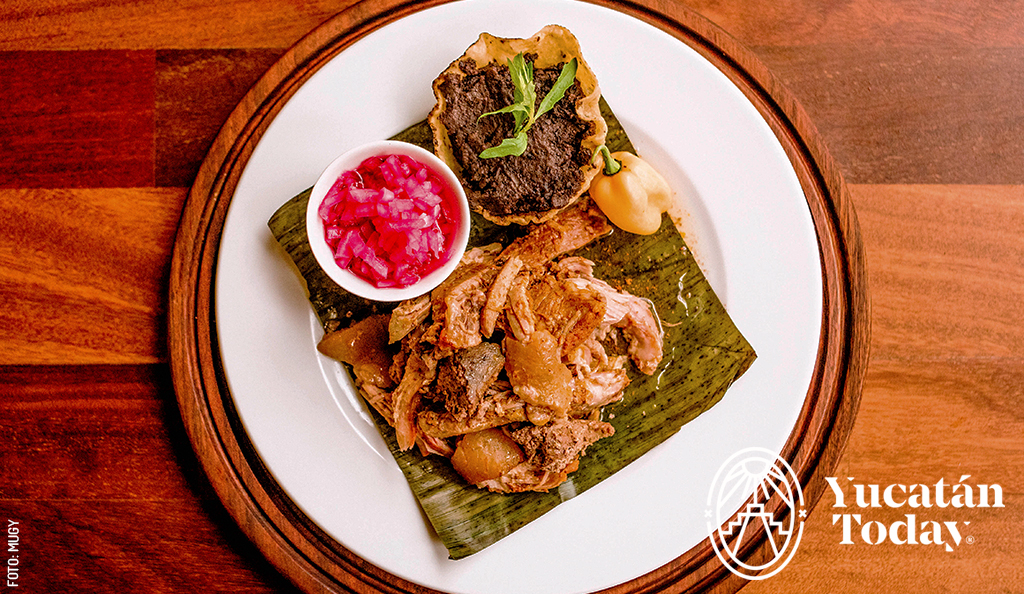 This is perhaps the best known (and most beloved) dish in Yucatecan cuisine. It features ingredients - like Achiote - and techniques - such as wrapping food in banana leaves and baking it in the underground oven - inherited from the ancient Maya civilization; and combines them with pork which was imported from Spain during Colonial times. Eaten in tacos or tortas, and always accompanied by pickled onions and habanero chili, Cochinita Pibil is a breakfast staple.
This is perhaps the best known (and most beloved) dish in Yucatecan cuisine. It features ingredients - like Achiote - and techniques - such as wrapping food in banana leaves and baking it in the underground oven - inherited from the ancient Maya civilization; and combines them with pork which was imported from Spain during Colonial times. Eaten in tacos or tortas, and always accompanied by pickled onions and habanero chili, Cochinita Pibil is a breakfast staple.
Achiote deserves special mention. It’s used to add a distinctive flavor and color, not just to this dish, but many others.
Frijol con Puerco
A tradition that lives on in today’s Yucatecan homes is that every Monday, Frijol con Puerco is served for lunch; however, you can find it most days in restaurants statewide. It's made with black beans and chunks of cooked pork; it is served with a roasted tomato sauce known as Chiltomate, radishes, cilantro, onion, and habanero chili. On Mondays you can also find a very unique ice cream inspired by this dish at Pola Gelato.
Longaniza
This delicacy is originally from Valladolid. It’s a pork sausage flavored with achiote, vinagre, pepper, clove, oregano, salt, cumin, and garlic. It’s grilled and eaten in tacos, or scrambled with eggs for breakfast.
![]() Relleno Negro
Relleno Negro
Made with dried and charred chilis, pork, and turkey meat, it’s one of the most iconic dishes in the state. Here the spice blend known as Recado Negro is the main ingredient and gives the dish its distinctive color. It's served with stewed turkey meat and But - large meatballs stuffed with egg. Very unique, and very Yucatecan.
Sweets
![]() Sorbetes and Champolas: Crema Morisca
Sorbetes and Champolas: Crema Morisca
This is one of the signature flavors at Sorbetería Colón. The recipe includes milk, guayaba paste, vanilla, cinnamon, candied egg yolks, and rum. Order it as a Sorbete (a scoop of ice cream) or as a Champola (served with milk).
Horchata
Rice horchata is a classic beverage that also includes cinnamon, almonds, sugar, and water. People drink it at breakfast, lunch, and dinner; and always serve it with lots of ice.
![]() Hojaldra
Hojaldra
A sweet yet savory crunchy dream. Cut into squares or triangles, this dessert features layers of puff pastry stuffed with ham and cheese in its original version. This combination of tastes and textures have made it a classic at Yucatecan bakeries.

Author: Violeta H. Cantarell
“Meridana,” traveler, animal lover, passionate reader, commentator, and enthusiastic promoter of the natural and human beauty of Yucatán.
Receive the latest articles and much more from the best of Yucatán in your email!
Related articles
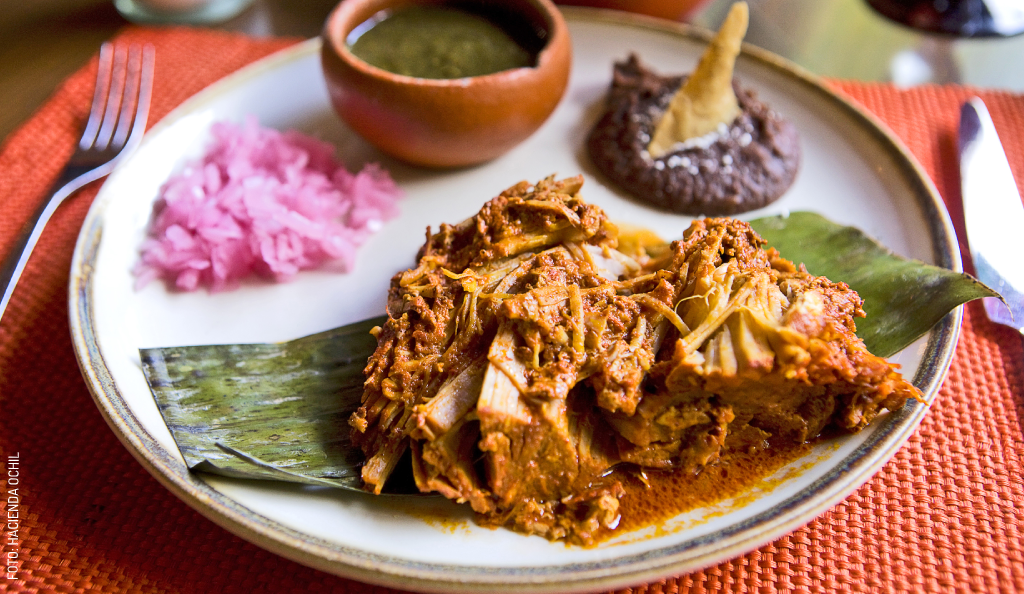
Cochinita Pibil Recipe
Cochinita Pibil: Yucatán's most famous dish. Pork marinated in achiote and slow-cooked. A Sunday tradition and iconic flavor.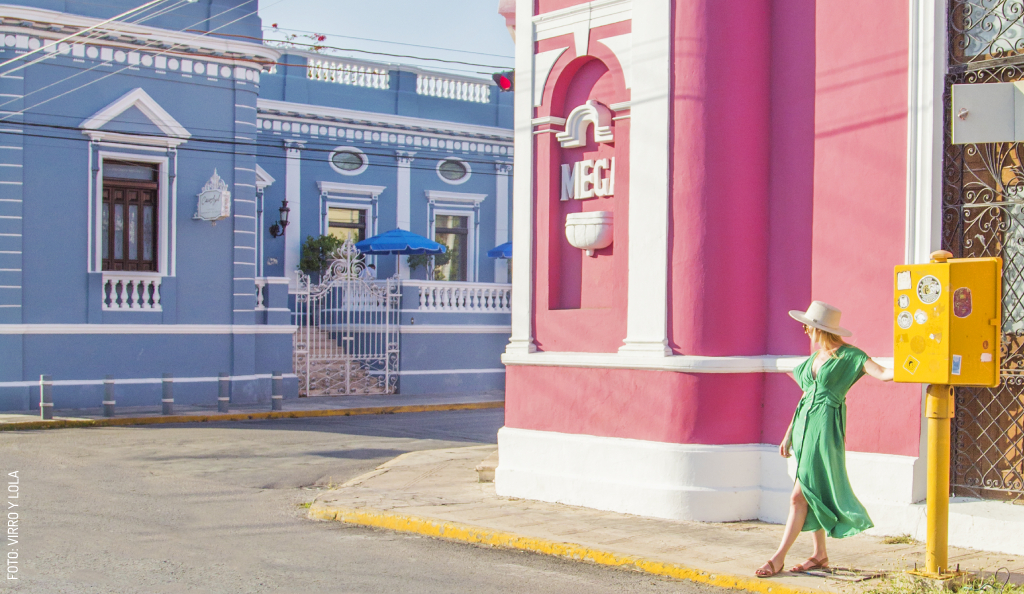
The Ultimate Yucatán Bucket List: From Ancient Maya Ruins to Legendary...
Visit Yucatán: Maya archaeological sites, cenotes, historic haciendas, and flamingos. Experience the best of Yucatecan culture and nature.



